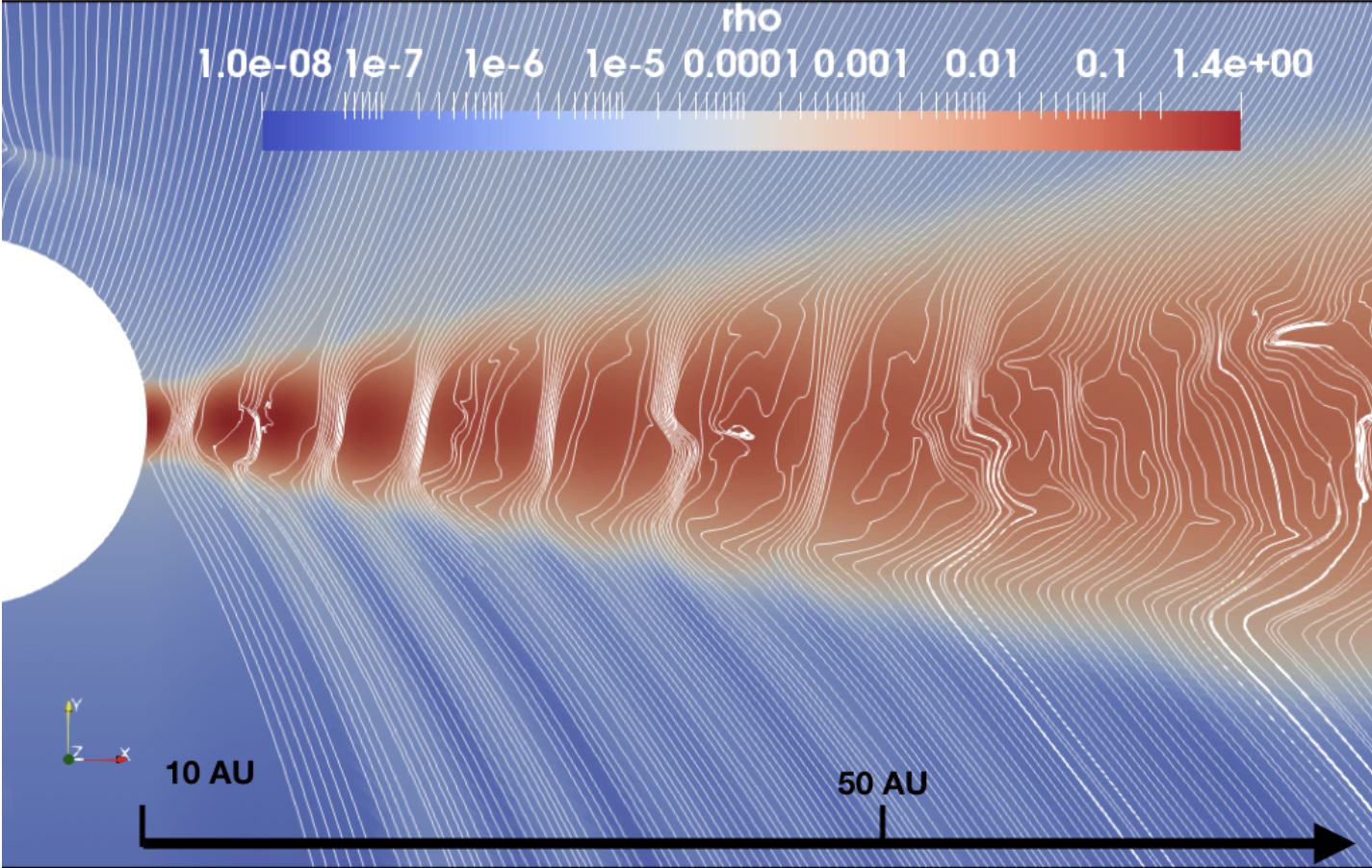
BOBS
Bouncing Ocean Bottom Seismometers
Overview
Technology for global ocean observation with robust, durable and scalable seismic sensors.
Karin SIGLOCH, DR CNRS
Sébastien BONNIEUX, IR IRD
Keywords : Seabed seismometers, autonomous submarine floats, deep earth structure, geodynamics, seismic tomography
To develop
Our researchs
The deep-diving capability of autonomous floats.
Develop, integrate and test hydraulic technology for diving to abyssal ocean depths (6000 m) over several years.
The data quality and versatility of seismic sensors on the seabed, while maintaining regular communication with the surface.
Explore and test new strategies for robust, repeated and energy-efficient coupling of seismic sensors on the seabed.
The longevity of self-contained deep-sea floats, thanks to constant battery recharging.
New technology for recovering renewable electrical energy from the oceans.
Remote diagnostics and reprogramming of underwater landing sensors.
Develop software and protocols for in-depth diagnostics and reprogramming of on-board algorithms via a satellite link.
The Consortium
Université Côte d’Azur, CNRS, IRD, Observatoire Côte d’Azur, IPG Paris
Scientific expectations
Develop and implement a new type of geophysical sensor that could lead to a radical improvement in imaging the Earth’s deep interior on a planetary scale. A robust, cost-effective and scalable technology to instrument the 70% of the Earth’s surface covered by deep oceans.
Societal impacts
This new ocean sampling hardware and software will enable the simultaneous collection of deep-sea data for a range of marine environmental disciplines. Its versatile design invites flexible co-hosting of other physical, chemical and biological sensors, targeted at issues of climate change, environmental degradation and ocean monitoring.
Skills development
Contact us if you’re interested in joining our team as an engineer, researcher or doctoral student.


